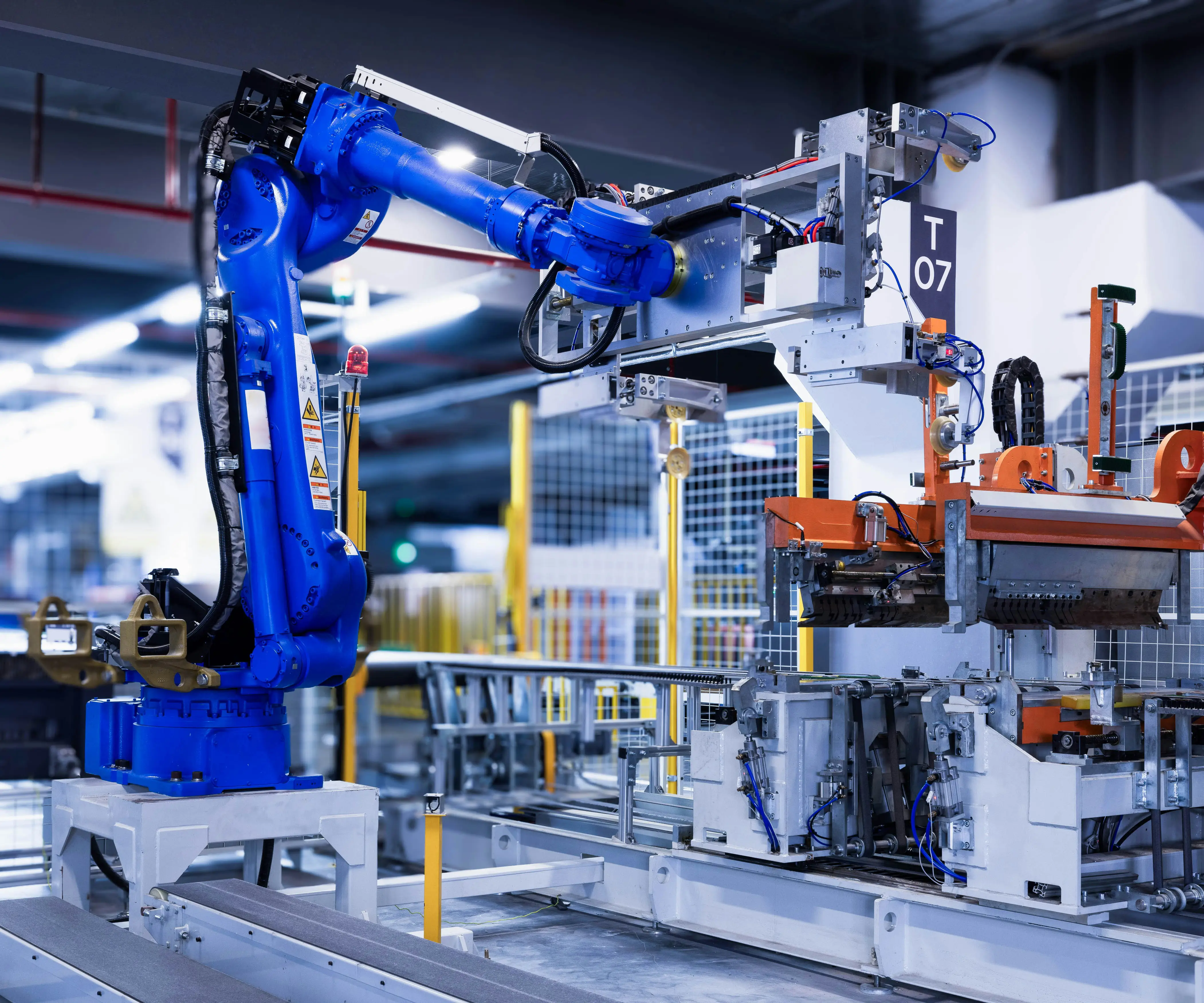In the vast realm of modern machinery and automation, few components play as pivotal a role as the humble servo motor. These unassuming devices are the unsung heroes behind the seamless movement of robots, the precise control of manufacturing processes, and even the nuanced motions in everyday consumer electronics. But what makes a servo motor so special? And what is its true purpose in the intricate dance of modern technology?

To understand the purpose of a servo motor, it’s helpful to start with what it is. At its core, a servo motor is a rotary actuator—an electric motor coupled with a sophisticated control circuit—that provides precise control of angular or linear position, velocity, and acceleration. Unlike conventional motors that simply spin at a set speed when power is supplied, servo motors are designed to deliver fine, exact movements, making them indispensable in scenarios where accuracy is king.
Imagine a robotic arm delicately assembling microelectronics, or a camera gimbal stabilizing footage in real-time—these are situations where the purpose of a servo motor becomes apparent. Its main function boils down to a simple, yet profound concept: to enable controlled, precise movement, often in small, incremental steps. This capability allows machines and systems to perform tasks with an almost human-like finesse, aligning machinery behavior with the intent programmed by engineers.
The core purpose of a servo motor is rooted in the necessity for control. In many engineering applications, just having a motor that spins isn’t enough. Instead, controlling the speed, position, and torque with accuracy transforms machinery from simple mechanical devices into intelligent, adaptable tools. Servo motors excel at this, thanks to their feedback mechanisms—most notably encoders or resolvers—that constantly inform the motor’s controller of its position and speed. This feedback loop ensures the motor's movements are aligned perfectly with what’s required, creating a harmony of motion.
One of the most prominent areas where the purpose of a servo motor shines is in robotics. Robots are fundamentally machines built to replicate or assist human actions—be it assembling cars on assembly lines, performing delicate surgery, or exploring distant planets. Each of these applications relies on precise, repeatable motion, which servo motors facilitate seamlessly. They serve as the brain behind robotic joints, enabling fluid motions, sharp turns, and intricate gestures.
Beyond robotics, servo motors are the backbone of automation in manufacturing. In the world of industrial automation, efficiency, speed, and accuracy are everything. Conveyor belts, CNC machines, automated welding systems, and even food processing lines leverage servo motors to achieve consistent quality and high throughput. Here, their purpose extends beyond movement—servos enhance productivity, reduce waste, and ensure safety by allowing for meticulous control over every mechanical action.
The purpose of a servo motor also extends into the realm of precision instrumentation. Consider medical devices like surgical robots or diagnostic equipment—these systems require movements that are not just accurate but also meticulously controlled. Servo motors empower these instruments to operate with the utmost precision, which can make the difference between success and failure in critical procedures.
In consumer electronics, servo motors often go unnoticed, yet they quietly underpin functionalities we rely on daily. For instance, the autofocus system in a digital camera uses tiny servo motors to adjust lens positions swiftly and precisely. Similarly, drones and RC (radio-controlled) vehicles depend on servo motors for steering and throttle control, offering the user responsive and accurate handling.
The purpose of the servo motor also involves energy efficiency. Because they are designed for precise, controlled movements, servo systems tend to use power only when needed—especially in position control applications—reducing waste and making them a practical choice for sustainable engineering. This efficiency aligns well with today's push toward environmentally friendly and cost-effective manufacturing practices.
In essence, the purpose of a servo motor is intertwined with the broader goal of enabling machines to operate intelligently, accurately, and reliably. It’s about transforming the raw power of electricity into purposeful motion that meets the specific demands of each application. Whether it’s positioning a tiny surgical tool or orchestrating the complex motions of a robotic limb, servo motors are focused on delivering controlled movement with finesse.
As our world becomes increasingly automated, the significance of the servo motor's purpose will only amplify. From self-driving cars that require precise steering and braking to space exploration devices that must perform flawlessly in the toughest conditions—servo motors are integral to forging the future. They encapsulate a blend of electrical engineering, control systems, and mechanical finesse, working together to fulfill the fundamental need for control in motion.
In the next part, we’ll delve deeper into how the purpose of servo motors influences various industries, explore their components, and imagine what innovations lie ahead. Stay tuned as we journey further into the heart of this remarkable device and uncover how it continues to transform possibilities across our technologies.
Established in 2005, Kpower has been dedicated to a professional compact motion unit manufacturer, headquartered in Dongguan, Guangdong Province, China.




































